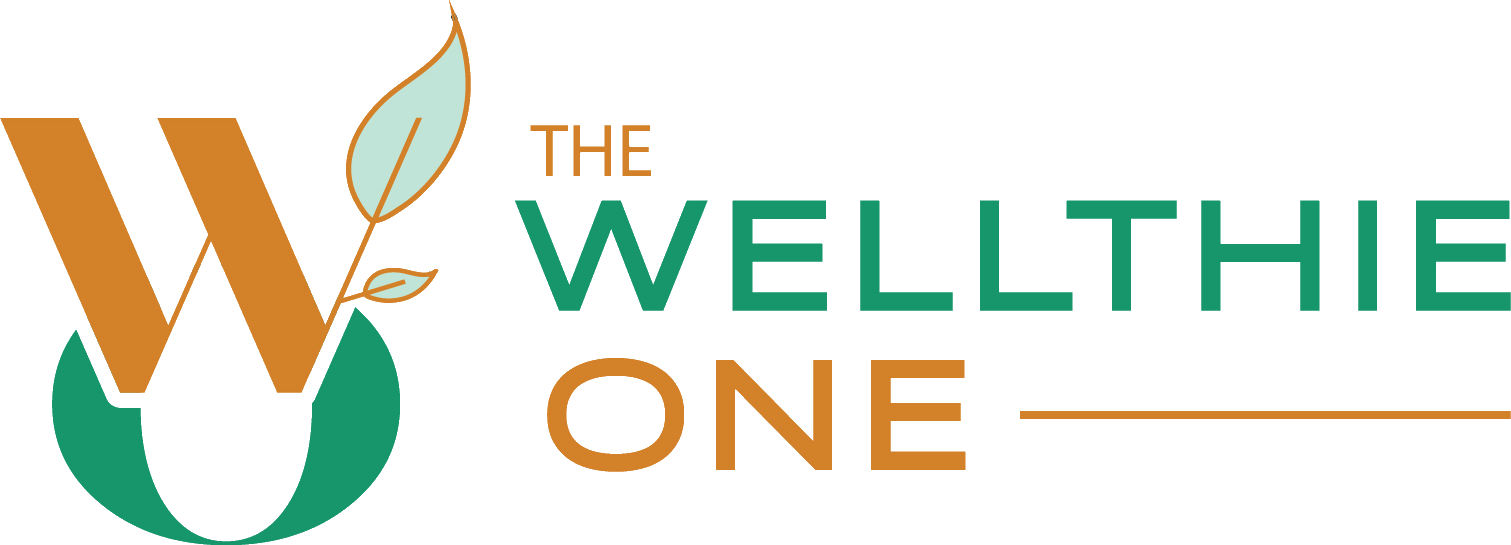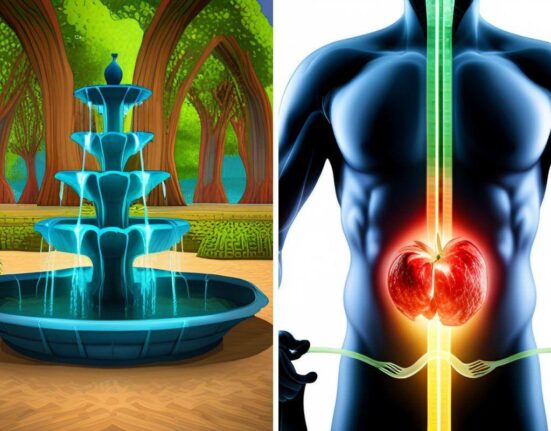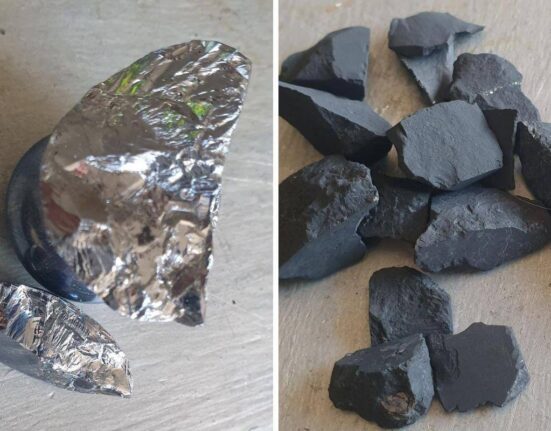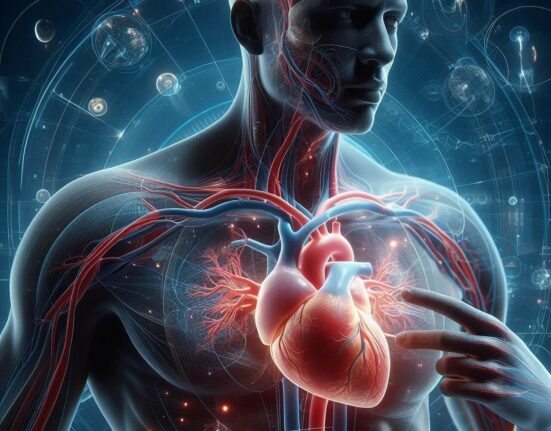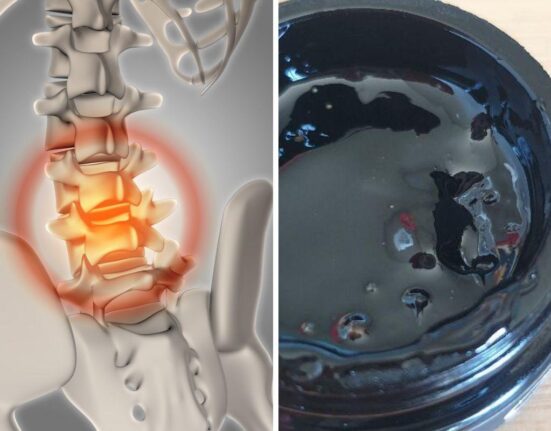Understanding anesthesia is one aspect of healing the mind, body, and spirit naturally.
We all know that severe pain can be alleviated with anesthesia drugs or chemical compounds administered during medical procedures, but do we really understand the toxic effects these chemicals can have on our bodies?

While some will experience no long-term adverse side effects following anesthetic use, others may find that they need to detox from anesthesia for optimal health and well-being.
In this blog article, we will examine what exactly anesthesia is, the chemicals used as part of modern anesthesia processes, and how the toxins produced by these chemicals enter our bodies.
You will also be guided through 6 ways to specifically help your body detox from any negative effects produced by general anesthetic administration.
What Is Anesthesia and Why Do We Need It?
Anesthesia is a vital component of modern medicine. It is a technique used to numb the body, preventing the sensation of pain during potentially painful or invasive procedures.

The administration of anesthesia can occur locally, where only a specific area of the body is targeted, or systemically, where the entire body is affected.
This allows physicians to safely perform operations that would otherwise be unbearable for patients. Anesthesia also helps alleviate anxiety, allowing patients to feel more comfortable during their medical procedures.
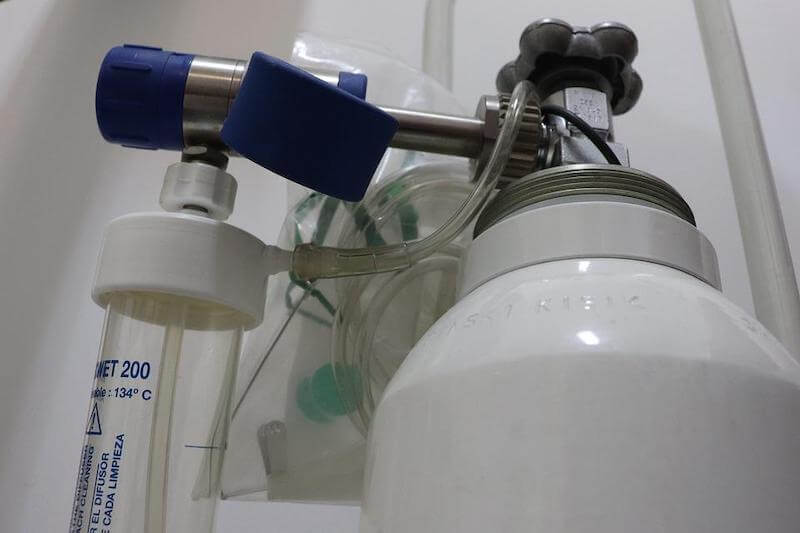
While anesthesia is a fundamental aspect of modern medicine, it should only be administered by licensed professionals.
What Chemicals Are Used In Anesthesia And How Do They Work In The Body?
Anesthesia is a crucial aspect of modern medicine, allowing patients to undergo procedures and operations without feeling any pain or discomfort. But what exactly are the chemicals used in anesthesia, and how do they work in the body?
The answer lies in a combination of different drugs, each targeting different parts of the body’s nervous system.
General anesthesia typically involves a mix of anesthetic gases and intravenous medications that depress the central nervous system, leading to a loss of consciousness and muscle relaxation.
Local anesthesia uses drugs that block the ability of nerves to transmit pain signals to the brain, numbing a specific area of the body.

6 chemicals typically used in general anesthesia include:
- Propofol – It is a sedative-hypnotic drug that induces and maintains anesthesia.
- Nitrous oxide (laughing gas) – It is a colorless and odorless gas that has a calming effect on the nervous system.
- Fentanyl – It is a potent synthetic opioid that is used for pain relief and inducing anesthesia.
- Midazolam – It is a fast-acting sedative that is used to relieve anxiety and produce amnesia.
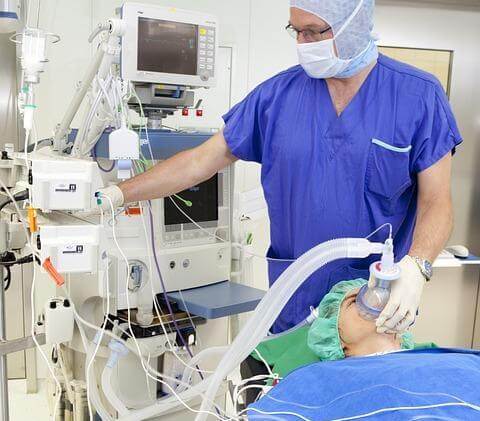
- Sevoflurane – It is an inhaled anesthetic that is used to maintain anesthesia.
- Isoflurane – It is also an inhaled anesthetic that is used for the induction and maintenance of anesthesia.
It is important to note that the specific types and combinations of chemicals used for general anesthesia may vary depending on the patient’s medical history, the nature and length of the surgery, and other factors as determined by the anesthesiologist.
7 common chemicals used for local anesthesia:
- Lidocaine – It is a local anesthetic that works by blocking nerve signals in the body, reducing the sensation of pain in a localized area.
- Bupivacaine – It is also a local anesthetic that works by blocking nerve signals to reduce pain.
- Articaine – This is a local anesthetic commonly used for dental procedures.
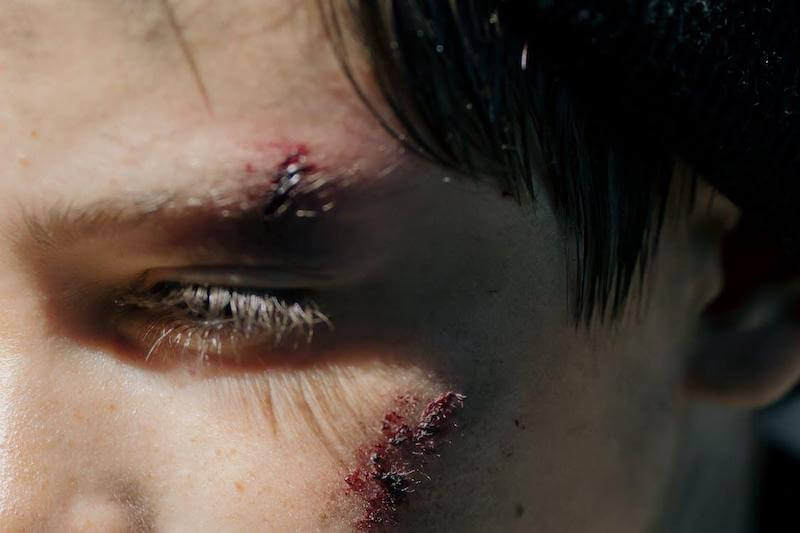
- Mepivacaine – It is another local anesthetic that is often used for dental procedures or minor surgeries.
- Procaine – It is an older local anesthetic that is less commonly used today because of a higher risk of allergic reactions.
- Benzocaine – This is a topical anesthetic that can be applied directly to the skin or a mucous membrane to reduce pain.
The specific type and formulation of local anesthetic used will depend on the procedure being performed, the patient’s medical history, and other factors as determined by the doctor or dentist.
The Toxic Effects of Anesthesia on Your Body
It is important to consider the potential toxic effects that anesthesia chemicals can have on your body. Some individuals may experience allergic reactions or other negative side effects such as vomiting, headaches, and confusion.
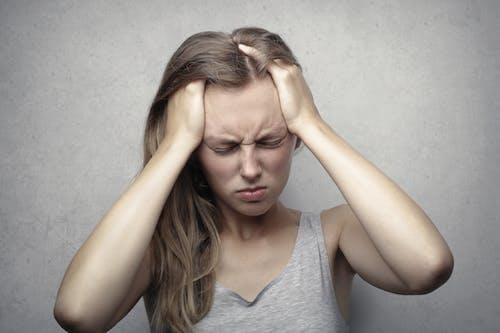
In some cases, there may even be long-term effects on cognitive function. It’s important to discuss any concerns or questions with your healthcare provider before undergoing anesthesia to ensure the best possible outcome.
Steps to Help You Detox After Anesthesia
Going under anesthesia can leave your body feeling less than optimal afterward, especially if your liver is not working at its best levels and is unable to filter the chemicals out quickly. The negative side effects you feel are the often toxic chemicals lingering in your body.
Thankfully, there are steps you can take to help detox your system after anesthesia.
- Drinking plenty of water after anesthesia can help to flush out the remaining medication from the body and promote overall healing. Here’s why:

- Promotes hydration: Anesthesia can cause dehydration due to the side effects such as nausea, vomiting or decreased urine output. Drinking enough water can help the body to rehydrate and regain balance.
- Helps eliminate anesthesia drugs: Anesthesia drugs can be metabolized by different organs, including the liver or kidneys. Drinking water after anesthesia ensures that these organs are well-hydrated, which allows the medication to be processed and eliminated from the body more efficiently.

- Reduces possible side effects: After undergoing anesthesia, some patients can experience side effects such as headaches, dizziness, fatigue or constipation. Proper hydration can help alleviate these symptoms and promote a faster recovery.

- Boosts the immune system: Drinking water is essential to keep the immune system functioning properly. After surgery, the body needs to heal and regenerate tissues. Water can in elimination of toxins and enhance the immune system, promoting faster healing.

After being under anesthesia, it’s essential to give your body the nutrients and energy it needs to heal. One way to do that is by eating light, healthy meals that will help detox your body.
Choose foods that are
- high in fiber, like leafy greens and whole grains
- lean proteins such as chicken or fish.
- Avoid processed foods, fried foods, and heavy sauces that can be difficult to digest.

- Incorporate exercise: Enjoy some light yoga or stretching, to help move toxins out of your body.
Exercise helps to increase blood flow and circulation throughout the body, which can help flush out these toxins.

Additionally, sweating during exercise can also aid in the removal of these chemicals from our bodies. So not only does exercising regularly benefit our overall health, but it can also be a great way to aid in the recovery process after undergoing anesthesia.
- Take natural supplements
It’s important to note that you should always talk to your natural healthcare provider before starting any new supplements, especially after undergoing anesthesia.
With that in mind, here are five supplements that may be helpful for aiding in the body’s detoxification process after anesthesia:
Milk Thistle and Dandelion – Milk thistle and dandelion contain antioxidants that support liver health and are commonly used to improve liver function.

Turmeric – Turmeric has anti-inflammatory properties and can help support healthy liver function.
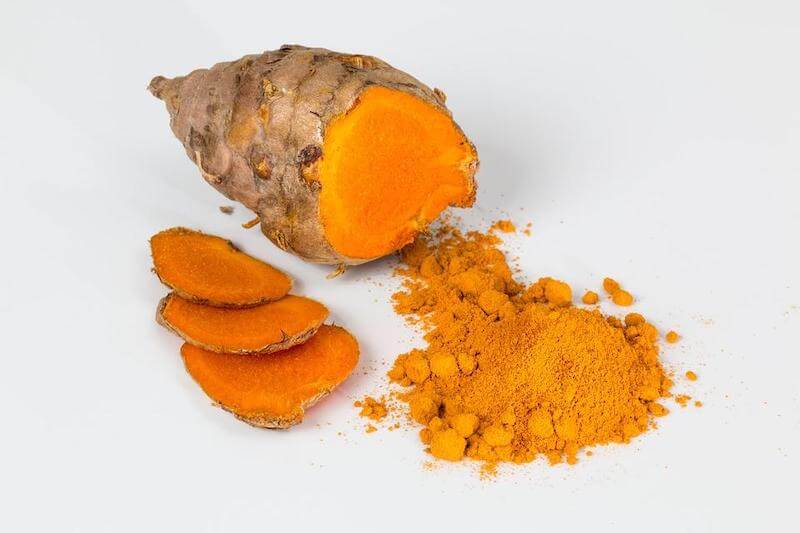
Magnesium – Magnesium can help with relaxation, reducing stress and supporting the nervous system which improves the elimination of anesthesia.
Vitamin C – Vitamin C is an antioxidant that supports the immune system and helps the body eliminate toxins.

Probiotics – Probiotics increase healthy gut bacteria and support the digestive system which plays a crucial role in the detoxification process.
Soaking in a detox bath with Epsom salt can help the body detox the effects of anesthesia by promoting relaxation, reducing inflammation and promoting healthy circulation.
Epsom salt is rich in magnesium which is a natural muscle relaxant and can alleviate muscle tension and soreness.

Additionally, taking a warm bath can increase blood flow and help remove toxins from the body through sweat, promoting healing and reducing fatigue after anesthesia.
It is advised that detox baths should be used complementarily with medical treatment.
6. Get Adequate Rest and Sleep to Help Your Body Detoxify and Recover from Anesthesia
After undergoing anesthesia, it’s essential to give your body enough time to recover and detoxify properly, and the best way to do that is by getting adequate rest and sleep.

Sleeping allows your body to regenerate and rejuvenate, giving it the chance to repair and heal after the effects of anesthesia. Not getting enough rest can cause complications, making it crucial to prioritize sleep as part of your recovery.
While it may not seem like a significant factor in your overall health, sleep is incredibly vital for your body’s natural processes, and ensuring you get enough of it after surgery can make a world of difference in your recovery.
7. Seek professional support when necessary to help detox from anesthesia.
Anesthesiologists work hard to make sure the experience is as painless as possible, but there can still be lingering effects such as:
- fatigue
- confusion
- sensitivity to light and sound
In some cases, seeking professional support may be necessary to support recovery from anesthesia.

Whether it’s physical therapy to regain mobility or counseling to address emotional distress, there are a variety of resources available to help individuals detox from anesthesia and get back to feeling their best.
Don’t hesitate to reach out for support if you’re experiencing challenging side effects after an anesthesia procedure.
Concluding thoughts on how to detox anesthesia from your body
Although chemicals are typically safe when administered and monitored by a medical professional, there are toxicity risks associated with their use. To protect the body after experiencing anesthesia, it is important to practice healthy habits such as:
- keeping well-hydrated
- eating light and nourishing meals
- exercising regularly
- getting adequate rest and sleep
- taking liver strengthening supplements to aid in natural detoxification processes.
- When necessary, seeking additional professional help is also recommended.
By properly addressing any possible post-anesthesia side effects, we can help our bodies recover at an optimal level while ensuring a safe and successful procedure.
We hope you feel better soon!
More from thewellthieone.com
The links used on thewellthieone.com are affiliate links, which may provide a small commission. This does not increase the price of the goods for the consumer whatsoever. What it does is ensure that useful content like this can continue to be produced. Thank-you for enjoying our content and allowing us to continue to provide more.
